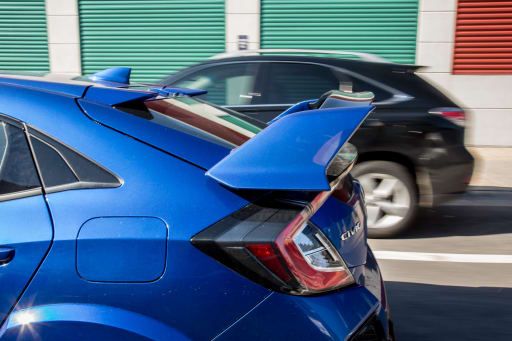
The Future of Autos
sharperedgeengines.com The automotive industry is currently undergoing a massive transformation, driven by technological advancements and changing consumer preferences. From electric vehicles to autonomous driving technology, the future of autos is shaping up to be revolutionary. In this article, we will explore the key trends shaping the future of autos and how they will impact the industry as a whole.
Electric Vehicles
One of the most significant trends in the automotive industry is the shift towards electric vehicles (EVs). With concerns about climate change and the push for sustainable transportation, EVs have gained popularity in recent years. Major automakers are investing heavily in electric technology, with companies like
tesla leading the way in innovation.
EVs offer numerous benefits over traditional gasoline-powered vehicles, including lower emissions, reduced operating costs, and a smoother driving experience. As battery technology continues to improve, EVs are becoming more affordable and accessible to the average consumer. In the future, we can expect to see a widespread adoption of electric vehicles as governments around the world push for cleaner transportation options.
Autonomous Driving
Another major trend in the automotive industry is the development of autonomous driving technology. Companies like Google, Uber, and
tesla are racing to develop self-driving cars that can navigate roads without human intervention. While fully autonomous vehicles are still in the testing phase, they have the potential to revolutionize the way we think about transportation.
Autonomous driving technology promises to make roads safer, reduce traffic congestion, and improve the overall efficiency of transportation systems. As the technology matures and becomes more widespread, we can expect to see a gradual transition to a world where human drivers are no longer needed. This shift will have far-reaching implications for the auto industry, as companies adjust to a new paradigm of mobility.
Connected Cars
In addition to electric and autonomous vehicles, another key trend in the automotive industry is the rise of connected cars. Modern vehicles are increasingly equipped with internet connectivity, allowing them to communicate with other vehicles, infrastructure, and the cloud. This connectivity opens up a world of possibilities for enhancing the driving experience and improving safety.
Connected cars can provide real-time traffic updates, predictive maintenance alerts, and even autonomous driving capabilities. As more vehicles become connected, we can expect to see a shift towards a more integrated and intelligent transportation system. This trend will not only benefit consumers but also create new opportunities for automakers and technology companies alike.
Sustainability and Environmental Concerns
As concerns about climate change and pollution continue to grow, automakers are under increasing pressure to develop more sustainable transportation solutions. Electric vehicles are just one part of the equation, with companies also exploring alternative fuels, lightweight materials, and more efficient manufacturing processes.
In the future, we can expect to see a greater emphasis on sustainability throughout the automotive industry. This will require automakers to rethink their supply chains, production methods, and product designs to minimize their environmental impact. Companies that fail to adapt to this new reality may find themselves at a competitive disadvantage in the market.
Conclusion
The future of autos is bright and full of potential. From electric vehicles to autonomous driving technology, the automotive industry is undergoing a profound transformation that will reshape the way we think about transportation. As consumers demand cleaner, safer, and more connected vehicles, automakers will need to innovate and adapt to stay competitive in this rapidly evolving landscape.
Overall, the future of autos is exciting and promises to bring about a more sustainable, efficient, and intelligent transportation system. By embracing these key trends and investing in innovation, automakers can position themselves for success in the years to come. The future of autos is here, and it's up to the industry to seize the opportunities that lie ahead.
date : 2025-05-19 21:00:13
